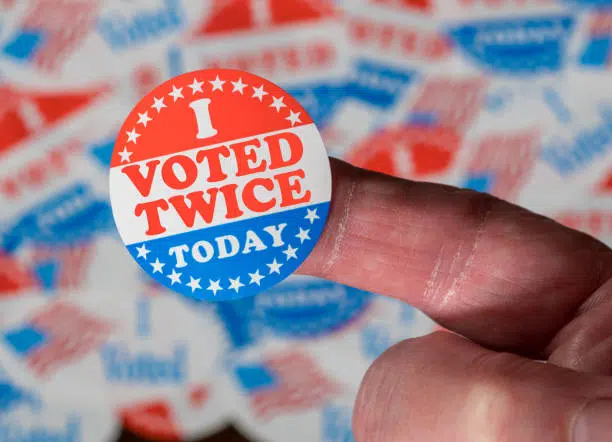
Amid Historic Drought, California State Water Board Focuses on Issues of Racism and Social Justice
Today marks a new voyage for the California State Water Resources Control Board as the regulatory body navigates away from simply overseeing and ensuring the quality of the Golden State’s water supply, or even seeking better drought mitigation, and towards its new role as purveyor of social justice, a shift in bureaucratic priorities encouraged and endorsed by Democrat Gov. Gavin Newsom.
Over the next two days, the five-member panel will discuss how to implement its 2023-2025 Racial Equity Action Plan, which was created and adopted in 2021 and laid out strategies for the Control Board, its nine regional sub-boards and water industry overall could work to eliminate systemic racism in water delivery.
Titled, “CONDEMNING RACISM, XENOPHOBIA, BIGOTRY, AND RACIAL INJUSTICE AND STRENGTHENING COMMITMENT TO RACIAL EQUITY, DIVERSITY, INCLUSION, ACCESS, AND ANTI-RACISM,” the board’s resolution offered a blueprint for the board’s future: “Racial equity is a Water Boards’ priority. We are working toward a future where race no longer predicts a person’s access to water or the quality of water resources they receive, where race does not predict professional outcomes for our employees, and where we consistently consider racial equity impacts before we make decisions.
“White supremacy is a systemically and institutionally perpetuated system of exploitation and oppression of nations and people of color by white people for the purpose of maintaining and defending a system of wealth, power, and privilege,” the resolution continued, and in California, “race predicts a person’s access to governmental services and the quality and affordability of the services they receive. This includes the availability of safe drinking water and the collection, treatment, and reuse of wastewater. In fact, race is the strongest predictor of water and sanitation access,” therefore demonstrating a need “…to address the disproportionate effects of extreme hydrologic conditions and sea-level rise on Black, Indigenous, and people of color communities.”
It should be noted equity is not the same as equality, and, in fact, the reference to equity used by the State Board is the same as used by Critical Race Theory, which categorizes people according to their skin color, either as oppressors or oppressed.
Having its origins in Marxism, CRT substitutes its treatment of race in the place of economics.
The plan details specific race-based project design, informational dissemination and data collection employed through a “racial equity lens,” meaning the Water Boards will consider a set of questions throughout their decision-making processes. The belief is by assessing even the most basic processes with a racial equity lens, the questions that arise interrupt the impact of unintended consequences by more fully considering the lived experiences and perspectives of the racially diverse communities the water boards serve.
The plan emphasizes outreach to people of color and tribal communities through “community partners” the board would pay for their “time and expertise.”
The action plan’s primary strategies and goals are:
One – integrating racial equity and measuring impact. Goal 1a, be sure the Water Boards are accessible, equitable and culturally relevant. Goal 1b, programs and policies will be evaluated and realigned to address racial injustices;
Two – creating, maintaining space for inclusion and belonging. Goal 2a, Water Boards staff and leadership shall reflect the diversity of California. Goal 2b, foster a culture of inclusion and belonging;
Three – activating BIPOC (Black, Indigenous and People of Color) community wisdom and sharing power. Goal 3a, engage with BIPOC communities by providing effective language access services and accessible communications. Goal 3b, remove barriers for community access and participation in water decision-making by providing resources for capacity building, including funding, training and education. Goal 3c, consult, collaborate and partner with BIPOC communities in decision-making processes.
The action plan was developed in collaboration with the Government Alliance on Race and Equity, an organization “that is a national network of government working to achieve racial equity and advance opportunities for all,” as the plan explains.
GARE is a joint project of UC-Berkeley’s Othering and Belonging Institute (OBI) and Race Forward, an outreach program that was founded in the early 1980s and which focuses on providing organizational approaches that promote racial equity.



